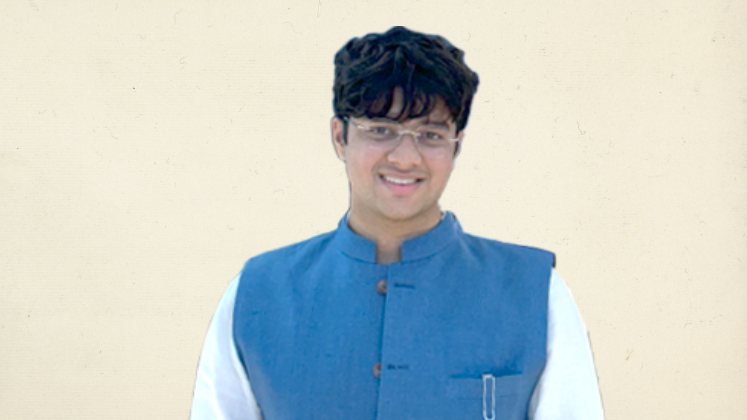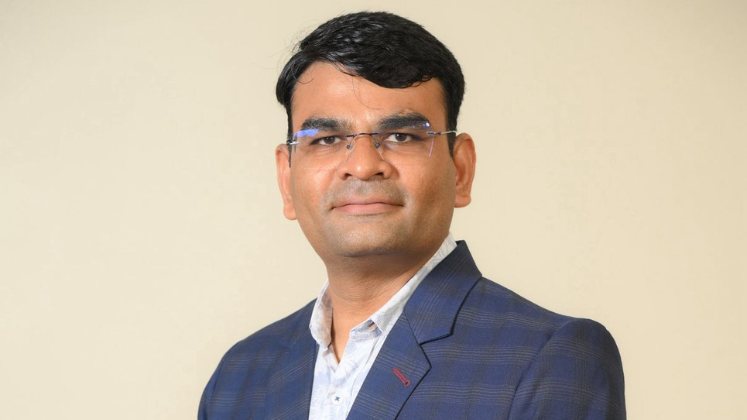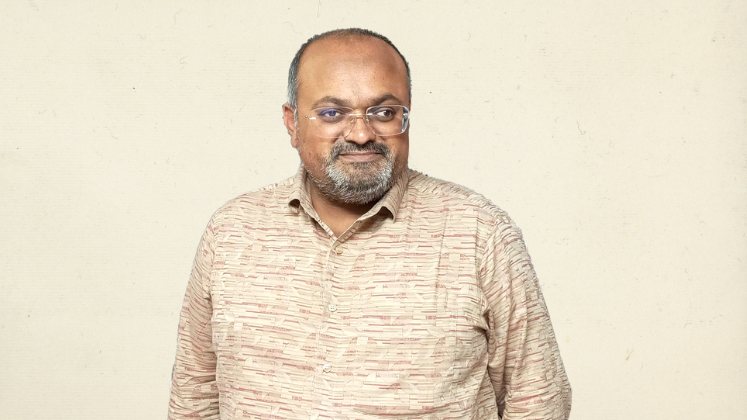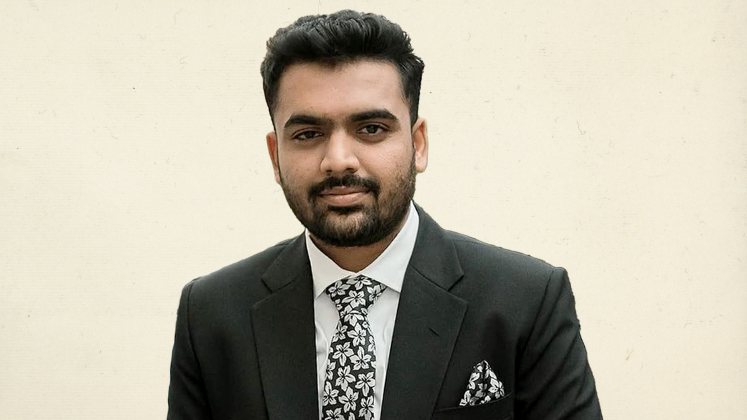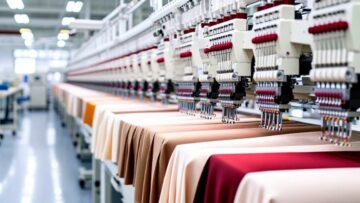In a world shaken by tariffs and trade turmoil, manufacturers are doubling down at home, taking advantage of steady demand and favourable policies to expand.
Experts say the era of globalisation and open markets is now a relic of the past, and nations must navigate a new, uncertain global order. India’s growing economic resilience means the country is well-equipped to handle external shocks. Recent data shows the momentum is real. The Index of Industrial Production recorded a 3.5% year-on-year growth in July 2025, up from 1.5% in June, while manufacturing output jumped 5.4%, up from 3.7% the previous month.
India’s economy defied expectations in Q1 FY ’26 with a 7.8% growth, a five-quarter high.
Consumer spending at home is booming, boosted by GST cuts that could add as much as Rs. 1 trillion (US $ 11.32 billion) in extra demand. Inflation is under control, food prices are stable and GDP growth remains steady at 6.5%. With new tax slabs and zero tax on incomes up to Rs. 12 lakh (US $ 13,593), the middle-class has more money to spend and economists even expect possible interest rate cuts later this year.
Moreover, the summer monsoon brought 8% more rainfall than usual and the Kharif season saw a total acreage of 1,120 lakh hectares, up from last year. This raises hopes of a record foodgrain output during the 2025-26 crop year, despite some farmland being affected by floods in Punjab and other states.
| 7.8% growth
India’s economy defied expectations in Q1 FY ’26 with a 7.8% growth, a five-quarter high. |
The long-term outlook is equally promising. India is expected to spend over US $ 2.5 trillion on infrastructure by 2032 and is on track to become a US $ 10 trillion economy. Rising domestic consumption, political stability, fiscal discipline and proactive government support give high hopes to the apparel industry.
In fact, the domestic apparel market alone is projected to reach US $ 130-150 billion by 2030, growing at 10-12% annually.
No wonder, a lot of vertically integrated manufacturers as well as yarn and fabric makers are buoyed by these positive macro indicators.
Retailers and D2C Brands on a Growth Spree
Experts noted that the expansion of retail chains across price points is boosting demand.
For example, Arvind, which owns brands such as Calvin Klein, US Polo and Tommy Hilfiger in India, plans to add 150,000 sq. ft. of retail space in FY ’26, up from 120,000 sq. ft. in FY ’25. Aditya Birla Fashion, which owns Pantaloons and brands like Louis Philippe, Van Heusen and Allen Solly, will open 300 new brand stores and 20 Pantaloons outlets this year. Shoppers Stop plans seven new stores and 60 value fashion stores, while V-Mart Retail targets 55-58 new stores in FY ’26.
Major value fashion retailers are also expanding rapidly. Affordable fashion has become the dominant force in the industry, with value fashion making up 56% of the total apparel market.
Trent’s Zudio crossed US $ 1 billion in revenue in FY ’25 with 765 stores nationwide. Reliance Retail’s Yousta has 55 stores across 27 cities and plans to scale to over 1,000 in the next 2–3 years. ABFRL’s Style Up currently runs 46 stores and aims for 250 globally. Shoppers Stop’s InTune has 50+ stores and plans 60 more in 2025.
Citykart operates 127 stores across 89 cities and targets 150 by year-end, adding at least 15 more next year. V2 Retail runs 150+ stores and plans to reach 250. Baazar Style has 222+ stores in 9+ states and is continuing its expansion. Vishal Mega Mart operates 645 stores, while V-Mart opened its 500th store and plans 50–60 more annually. Max Fashion runs 510+ stores across 200 cities, with more growth planned.
Direct-to-consumer (D2C) brands are also expanding into physical retail, leasing 595,000 sq. ft. in shopping centres and high streets in India between January and June 2025. CBRE reports that D2C brands now account for 18% of total retail leasing, up from 8% last year. Fashion and apparel brands are leading this trend, taking up 60% of all D2C retail space leased.
“We are focused on growing sales in the domestic market with medium to high-end brands like Rare Rabbit and Westside. These brands have grown rapidly in recent years and manufacturers like us are benefiting,” said Aryaman Agarwal, Business Development, Vrijesh Natural Fibre and Fabrics (India) Pvt. Ltd.
| “We are focused on growing sales in the domestic market with medium to high-end brands like Rare Rabbit and Westside. These brands have grown rapidly in recent years and manufacturers like us are benefiting.” Aryaman Agarwal, Business Development, Vrijesh Natural Fibre and Fabrics (India) Pvt. Ltd. |
The Mumbai-based company handles in-house weaving, dyeing, processing, printing and garmenting, specialising in linen blends, along with woollen accessories and home furnishings.
It recently tripled capacity with a sustainable process house equipped with the Monna Lisa digital textile printer – a high-speed, eco-friendly solution for high-quality direct-to-fabric printing, and has built a Sedex 4-pillar compliant garment unit dedicated to high-end garments, which it plans to expand further.
Echoing similar sentiment, Rajesh Naik, Sr. VP and Business Head, Technocraft Industries (India) Ltd., a vertically integrated group based in Mumbai, with a current turnover of around Rs. 450 crore (US $ 50.68 million), noted, “The rise of organised retail in Tier-2 and Tier-3 cities is a game-changer. For our business, it has opened new channels, both via B2B collaborations and private label manufacturing. We are currently in the process of adding 20% more capacity across two of our key units.”
| “We are currently in the process of adding 20% more capacity across two of our key units.” Rajesh Naik, Sr. VP and Business Head, Technocraft Industries (India) Ltd. |
Technocraft specialises in core products across all categories, including casualwear and loungewear for men, women and kids, serving both export and domestic markets.
| “The garment industry in Surat is seeing major growth. Areas like Hojiwala, Sachin, Pandesara and especially the BRC Industrial Estate in Udhna are becoming new garment hubs.”Haresh Patel, Director, Aanya Textile |
Talking about the impact of digital-first brands, Bipin Kathiriya, Director, Om Fabrics, a manufacturer of greige yarn with a capacity of 300-350 tonnes, said, “In September 2024, an online retailer was impressed by our quality and ordered one tonne of fabric. We gradually supplied 32 tonnes by January, enough for around one lakh knitted shirts, with repeat orders continuing.”
Contrary to expectations that retailers would request lower MOQs, experts noted that the demand is actually for larger quantities. “The kind of orders we are seeing from local Tier-2 and Tier-3 brands is unbelievable. These are not small MOQs, they are large, consistent orders with real intent,” said Tameem General, Director, General Group of Companies (General Polytex Pvt. Ltd.).
The Surat-based company focuses on high-quality polyester, viscose, cotton, nylon and blended greige fabrics, producing over 10 crore metres of fabric every year. All production takes place in Tadkeshwar, using 800 waterjet looms, 200 Toyota airjet looms, 20 Staubli jacquards and over 300 TFO twisting machines.
| “In September 2024, an online retailer was impressed by our quality and ordered 1 tonne of fabric. We gradually supplied 32 tonnes by January, enough for around 1 lakh knitted shirts, with repeat orders continuing” Bipin Kathiriya, Director, Om Fabrics |
Surat Manufacturers Eye Garment Sector for Growth
Manufacturers in Surat are now looking at the garment sector as a key area for growth.
After facing setbacks from US tariff shocks, Surat’s textile sector is now positioning itself for renewed growth.
The city accounts for 12% of India’s total fabric output and 28% of man-made fibre production, with thousands of units now operating across the region. Readymade garment production in Surat was once limited, but it is now expanding rapidly, with several new units coming up. Its garment sector currently produces around 10 million garments a month, with a monthly turnover of about Rs. 600 crore (US $ 67.58 million) mainly in man-made fibre and denim.
“The garment industry in Surat is seeing major growth. Areas like Hojiwala, Sachin, Pandesara and especially the BRC Industrial Estate in Udhna are becoming new garment hubs. Many units are now focusing on westernwear and adding more value with embroidery and digital printing. Recently, position printing on viscose, an expensive but premium process, has also been introduced for garments and sarees,” said Haresh Patel, Director, Aanya Textile.
The company produces about 20,000 metres of fancy fabric per day, specialising in fancy dupattas and garment fabrics made from polyester, nylon and viscose.
“Fabric production has been saturated and payment delays have been an issue, but garments offer better value and timely payments. Reduced fabric imports from China have also boosted local fabric demand,” said Sachin Agarwal, Director, Laxmi Vishnu Silk Mills.
He added that larger units, especially yarn producers, are now establishing in-house fabric production, expected to scale up in the next few months, particularly after Diwali.
| “The kind of orders we are seeing from local Tier 2 and Tier 3 brands is unbelievable. These are not small MOQs, they are large, consistent orders with real intent” Tameem General, Director, General Group of Companies |
The company produces yarn, weaves and processes fabric in-house and supplies finished fabrics. Its operations include warp and circular knitting as well as fabric dyeing and it also provides raw materials. Laxmi Vishnu Silk Mills operates around 200 circular and warp knitting machines, producing 30 to 40 tonnes of fabric each day.
Building on this growth, Laxmipati Group is also putting strong focus on the technical textiles market.
We are seeing higher demand from organised retail players like Zivame, Snitch and Lee Wrangler, who are looking for reliable suppliers. We have diversified beyond ethnicwear into knitted and woven apparel and are making inroads into the high-potential technical textiles segment,” stated Hardik Sarawagi, Executive Director, Laxmipati Group.
The group is known for the Laxmipati Sarees brand and produces man-made fabric sarees, kurtis, lehengas and shirts. In technical textiles, the group focuses on high-performance fabrics made from polyester and nylon, ranging from 40 to 600 GSM, catering to sectors such as defence, luggage and activewear. The fabrics feature durable water repellent (DWR), moisture management, wicking and anti-microbial treatments. The group is now looking to diversify further by entering the home textiles segment.
With rising local demand and diversified product lines, India’s makers are ready to lead the next growth story.
| “Fabric production has been saturated and payment delays have been an issue, but garments offer better value and timely payments.” Sachin Agarwal, Director, Laxmi Vishnu Silk Mills |
| “We are seeing higher demand from organised retail players like Zivame, Snitch and Lee Wrangler, who are looking for reliable suppliers.” Hardik Sarawagi, Executive Director, Laxmipati Group |
(With exclusive inputs by Dheeraj Tagra)


